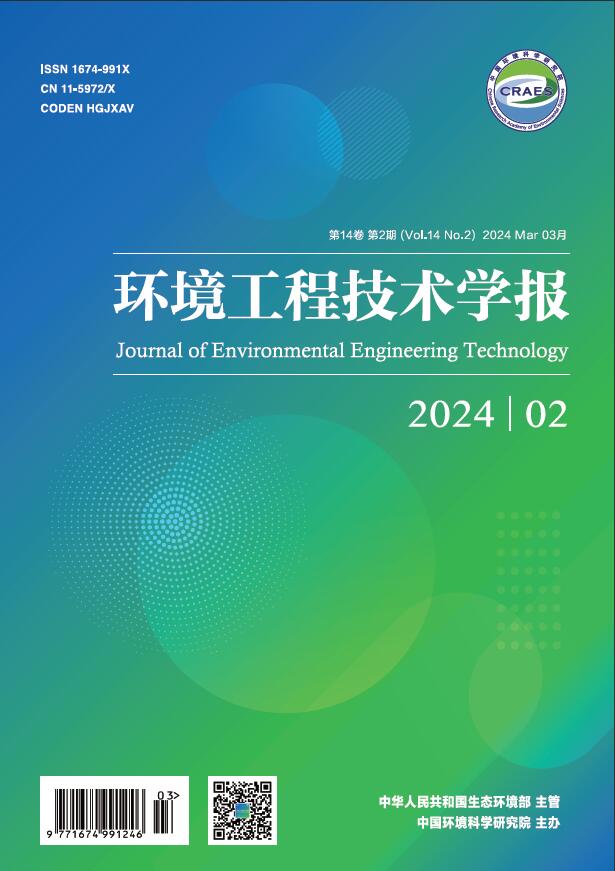Abstract:
This study investigated the effect of physicochemical technology (oxygen filling, filtration) and ecological technology (aquatic plant pond, ecological oxidation pond, surface flow wetland) on landscape water purification and maintenance, compared the characteristics of different purification processes and evaluated the purification effects of various process units, based on the actual ecological purification engineering of the water quality maintenance of landscape water. The results demonstrated that the aeration/filtration, aquatic plant pond, ecological oxidation pond and surface flow wetland all had obvious water purification effects, the aeration/filtration unit had the best turbidity removal effect while the surface flow wetland, ecological oxidation pond and aquatic plant pond had the better removal effects on the organic pollutants and nutrients; the seasonality and water temperature had significant impact on the purification efficiency. Comparing different ecological purification processes, it was indicated that the aeration/filtration - aquatic plant pond - surface flow wetland had better removal effects on turbidity while the aeration/filtration - ecological oxidation pond - surface flow wetland had better removal effects on the organic pollutants and nutrients. During the time of stable operation, the average removal rates of turbidity, CODMn, chlorophyll-a, TN, TP of the two sets of ecological purification processes were 43.14% and 35.45%, 24.77% and 27.77%, 17.72% and 24.06%, 29.94% and 36.65%, 22.63% and 33.60%, respectively.


